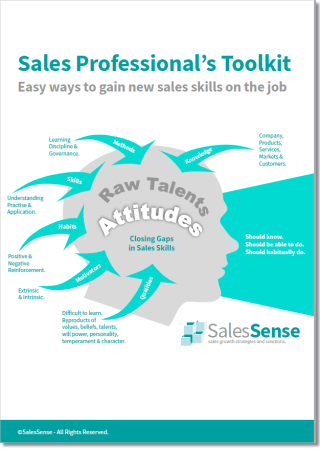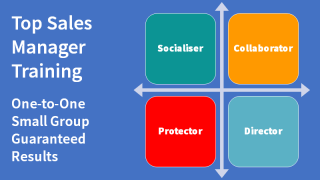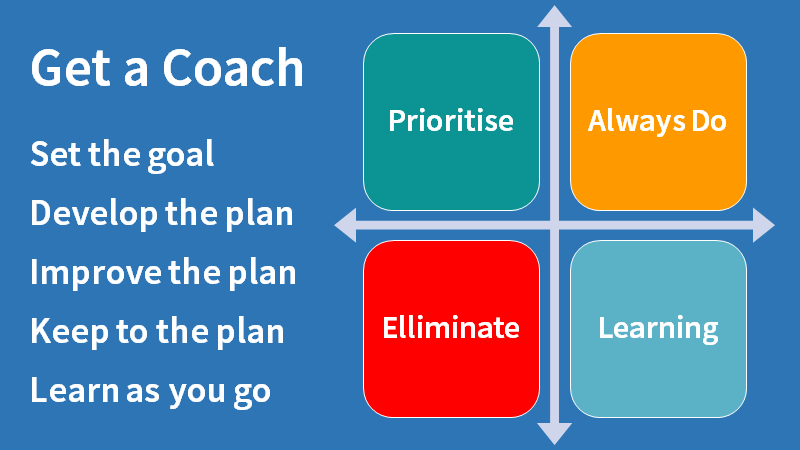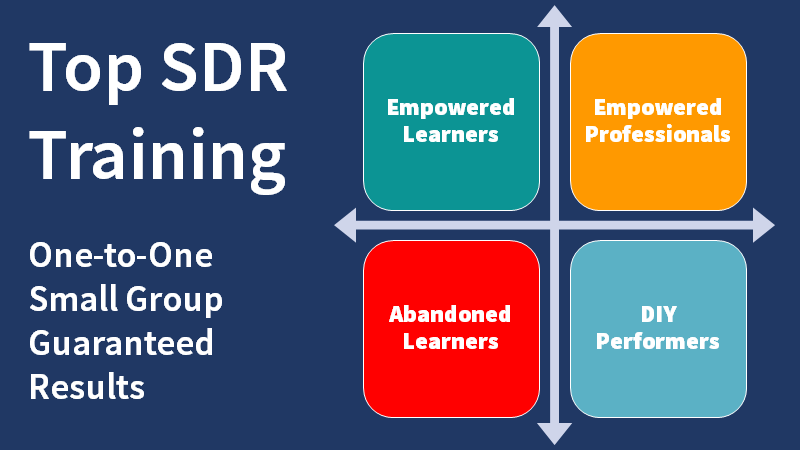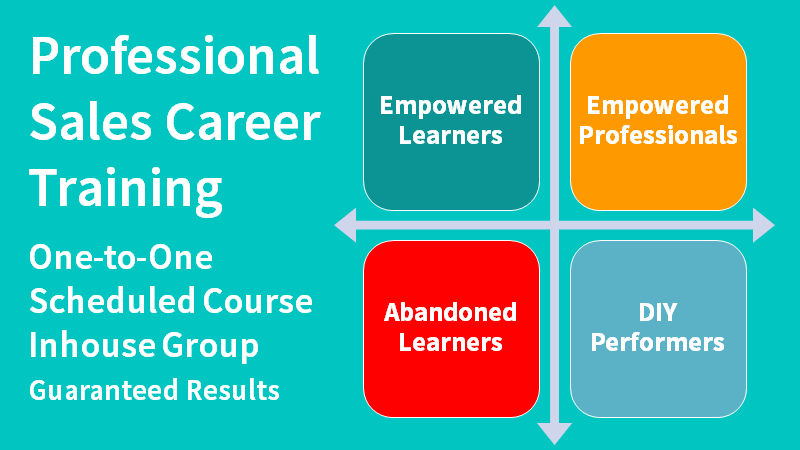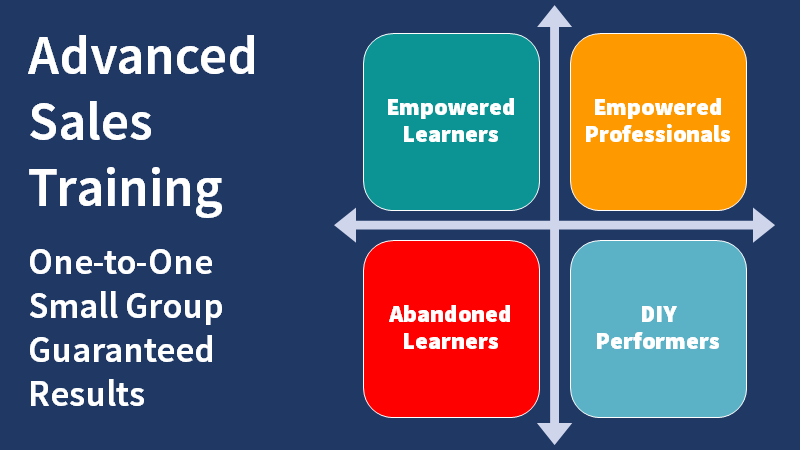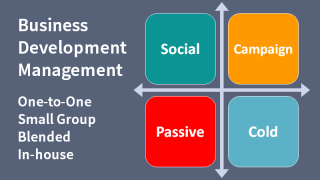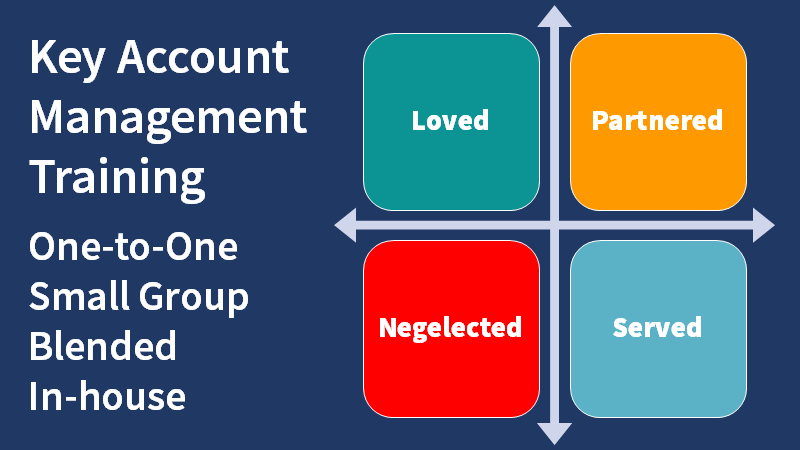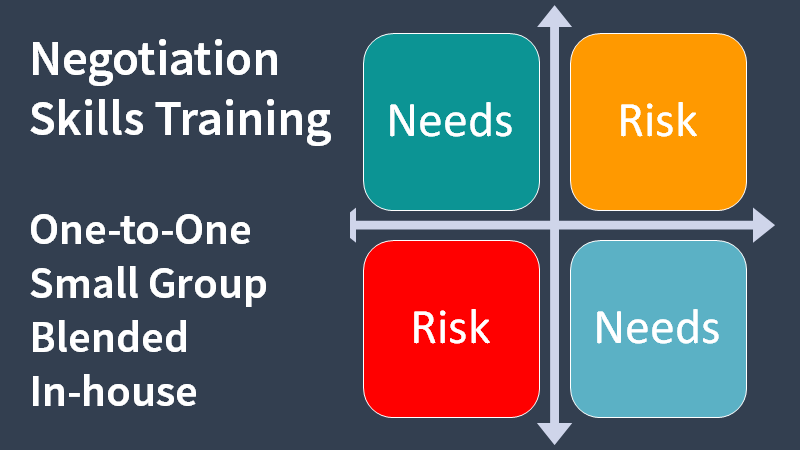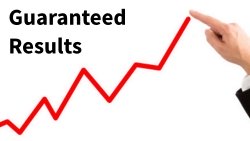Smarter sales tactics with Trigger Event Selling - Guest article by Craig Elias.

This is the second blog post in the series of my 15 most effective sales tactics.
In my last post, I talked about how selling to hot prospects instead of time wasters makes you 5 times more likely to make the sale, how to tell hot prospects from time wasters, and I promised to show you a really simple way to find more hot prospects.
Finding the hottest prospects is simply being first in with those who recently experienced an event that triggered them to become dissatisfied with the status quo – I call this Trigger Event Selling™.
Don’t mistake a pain or a circumstance with a Trigger Event – It’s crucial to understand the difference.
For example, a married man who’s going bald wakes up every day older, heavier, greyer and balder.
These are circumstances that he doesn’t do anything about until he experiences a very specific Trigger Event. That Trigger Event is becoming single.
Now he buys a gym membership, buys new clothes, gets a new car, and starts using Rogaine - All because of the single Trigger Event of becoming single.
The same is true with decision-makers and B2B purchases.
For B2B decision makers, a circumstance might be a company’s falling stock price or shrinking margins.
Maybe they’re unhappy with their current solution or vendor, but that’s not enough to cause them to change their priorities and all of a sudden buy something different.
Now you know what you’re looking for, finding the hottest prospects is simply a matter of finding opportunities where a decision-maker has recently experienced or is about to experience a Trigger Event that makes them want to change.
- People. E.g. A change is the sales person responsible for the account. Remember this the next time a sales person for the incumbent supplier to a prospect changes jobs.
- Product:. An example here is when an announcement is made that a supplier will be no longer be supporting a product or it is being discontinued.
- Provider. A material change in the provider is often created by mergers or acquisitions. You would be amazed how often a merger or acquisition triggers mass customer exodus.
- Salesperson – Document the current vendor and account executive of each of your opportunities in a marketing automation or CRM system. When you get wind that an account executive quits, search their name in the system and reach out to their former customers.
- Product – Keep track of which specific products each prospect uses. If an offering undergoes a major change, send a message to gauge if the customers are still happy with it.
- Provider – Reach out to all customers whose providers have recently experienced a merger, acquisition, or another major organisational shift.
- Change in people. A new decision maker is up to 10 times more likely to switch vendors than their predecessor and research by DiscoverOrg shows that of those who will make a million dollars worth of decisions in their first year in a job – 80% of them will do so in the first 90 days.
- Change in places. When a company opens a new location, it might have to comply with new legislation or local requirements.
- Change in priorities. If one player in the industry moves, the rest won’t be far behind. Watch for competitive shifts that create shockwaves of urgency across the industry.
Article by Craig Elias - http://shiftselling.com,
Related Content:
- Sales Prospecting Articles
- Cold Calling is Dead - Long Live Cold Outreach
- GDPR Compliant Sales Prospecting Techniques
- When you Hate Cold Calling
- Get Introductions from People You Don't Know
- Sales Lead Generation Without Cod Calling
Related Courses:
- Social Networking for B2B Sales
- Telesales Training
- Selling Appointments at C-Level
- Sales Prospecting for Business Development
- Business Development Management
Free Assessments
- SDR - BDR - Telesales
- Professional Sales Skills and Habits
- Sales Knowledge Assessment
- Sales Win Predictor
If you need to improve sales prospecting, develop more effective sales tactics, or learn how to approach prospects at the right time, we can help. Telephone +44 (0)1392 851500. We will be pleased to discuss your needs or talk through some options. Alternatively, Send an email to custserv@salessense.co.uk for a prompt reply or use the contact form here.


